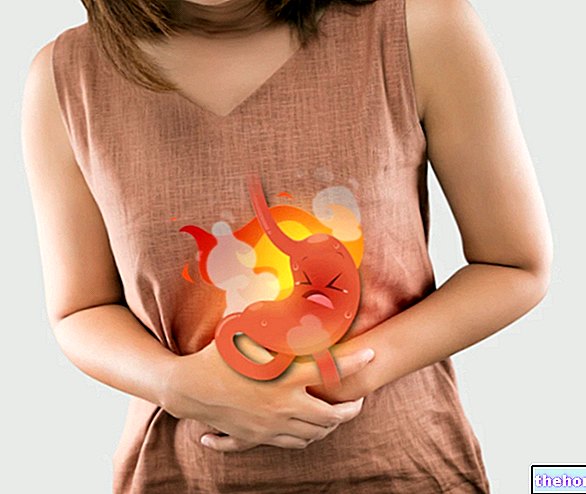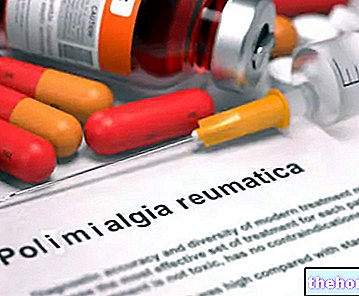MIKAN ® is a drug based on Amikacin sulphate
THERAPEUTIC GROUP: Antibacterials - Aminoglycosides

Indications MIKAN ® Amikacin
MIKAN ® is indicated in the treatment of severe bacterial infections caused by microorganisms sensitive to amikacin, even when resistant to gentamicin.
Mechanism of action MIKAN ® Amikacin
Amikacin, active ingredient of MIKAN ®, belongs to the numerous group of aminoglycosides, antibiotics widely used in the clinical setting for the treatment of infections caused by microorganisms generally resistant to beta lactam therapy.
Characterized by an excellent membrane permeability, amikacin taken parenterally reaches maximum plasma concentrations in just 30-60 minutes, distributing homogeneously among the various biological fluids.
Penetrated into the bacterial cytoplasm, amikacin binds and inhibits the 30S ribosomal subunit, necessary to determine the correct elongation of the peptide chain, therefore to safeguard the entire protein synthesis process.
The formation and accumulation of aberrant peptides, in addition to compromising the biochemical and metabolic properties of the bacteria, seriously damages the plasma membrane leading to the maximum loss of potassium which is inevitably accompanied by cell lysis.
Despite the excellent efficacy of action of amikacin, also directed against staphylococci and pseudomonas, different microorganisms have developed resistance mechanisms over time characterized by:
- Reduction of bacterial permeability to the antibiotic, mediated by the reduction of the expression of membrane transporters;
- Structural variation of the binding domains of the antibiotic;
- Expression of membrane proteins endowed with lytic activity towards aminoglycosides.
Studies carried out and clinical efficacy
1. AMIKACIN IN THE CONTROL OF PSEUDOMONAS INFECTIONS IN CANCER PATIENTS
J Paediatr Child Health. 2001 Feb; 37: 38-43.
Single-daily ceftriaxone plus amikacin versus thrice-daily ceftazidime plusamikacin as empirical treatment of febrile neutropenia in children with cancer.
Ariffin H, Arasu A, Mahfuzah M, Ariffin WA, Chan LL, Lin HP.
Interesting study demonstrating the efficacy of amikacin / ceftriaxone combined therapy in reducing fever induced by Pseudomonas aeruginosa in pediatric cancer patients with manifest neutropenia.
2 . AMIKACIN IN NEONATAL SEPSIS
Scand J Infect Dis. 2006; 38: 36-42.
The use of piperacillin / tazobactam (in association with amikacin) in neonatal sepsis: efficacy and safety data.
Flidel-Rimon O, Friedman S, Leibovitz E, Shinwell ES.
Work that demonstrates how the addition of amikacin to common antibiotic therapy can be effective and safe in the treatment of neonatal sepsis, eradicating pathogens in just 48-72 hours of drug treatment.
3.L "AMIKACIN IN THE PREVENTION OF POST-OPERATIVE INFECTIONS
BJU Int. 2011 Mar; 107: 760-4.
Adding amikacin to fluoroquinolone-based antimicrobial prophylaxis reduces prostate biopsy infection rates.
Batura D, Rao GG, Bo Nielsen P, Charlett A.
Interesting work demonstrating the efficacy of aminoglycosides in preventing surgical site infections. In this study, in fact, the use of amikacin proved effective in reducing the rate of infections in patients undergoing prostate biopsy.
Method of use and dosage
MIKAN ®
Injectable solutions for parenteral use of 500 - 1000 mg of amikacin.
The dosing schedule for MIKAN ® should be established by the doctor based on the physio-pathological characteristics of the patient and the severity of his clinical picture.
Any adaptations should be evaluated in case of particularly serious infections or if the patient has kidney diseases such as to decrease the glomerular filtration rate, with a consequent plasma accumulation of amikacin.
Warnings MIKAN ® Amikacin
Therapy with MIKAN ® must necessarily be defined and supervised by medical personnel, in order to evaluate the prescribing appropriateness and at the same time control the possible onset of potential side effects through periodic checks.
Particular attention should be paid to patients with a previous history of neurological, auditory-vestibular and nephrological diseases given the high susceptibility to the typical side effects of amikacin.
Should the patient experience signs and symptoms of potential adverse reactions, he should immediately notify his physician with whom to consider the possibility of interrupting or changing the current therapy.
The presence of sodium metabisulphite among the excipients could increase the risk of hypersensitivity reactions to the drug.
PREGNANCY AND BREASTFEEDING
The use of MIKAN ® during pregnancy and in the subsequent breastfeeding period is generally contraindicated due to the absence of clinical trials capable of characterizing the therapeutic efficacy and safety profile for the fetus exposed to the intake of amikacin.
Interactions
The patient receiving MIKAN ® should pay particular attention to the simultaneous intake of:
- Anesthetics and muscle relaxants capable of compromising respiratory function, also causing neuromuscular paralysis;
- Active ingredients with potential ototoxicity and nephrotoxicity, due to the increased risk of the onset of nephropathies and auditory-vestibular pathologies;
- Diuretics sometimes responsible for severe deafness.
Contraindications MIKAN ® Amikacin
The use of MIKAN ® is contraindicated in case of hypersensitivity to the active principle and its excipients, during pregnancy and breastfeeding.
Undesirable Effects - Side Effects
The systemic use of aminoglycosides exposes the patient to typical side effects, sometimes clinically relevant.
The ototoxicity linked to the accumulation of amikacin in the perilymph and in the endolymph, could in fact determine the appearance of auditory-vestibular disorders such as auricular tinnitus, dizziness and deafness while the nephrotoxicity of the active ingredient could increase the risk of urinary disorders such as albuminuria, haematuria, cylindruria and in the most severe cases, azotemia and hypercreatininemia.
In addition to the aforementioned side effects associated with taking MIKAN ®, there are others which are generally less severe and transient characterized by nausea, vomiting, hypotension, anemia and eosinophilia.
Note
MIKAN ® is a prescription drug.
The information on MIKAN ® Amikacina published on this page may be out of date or incomplete. For a correct use of this information, see the Disclaimer and useful information page.




























